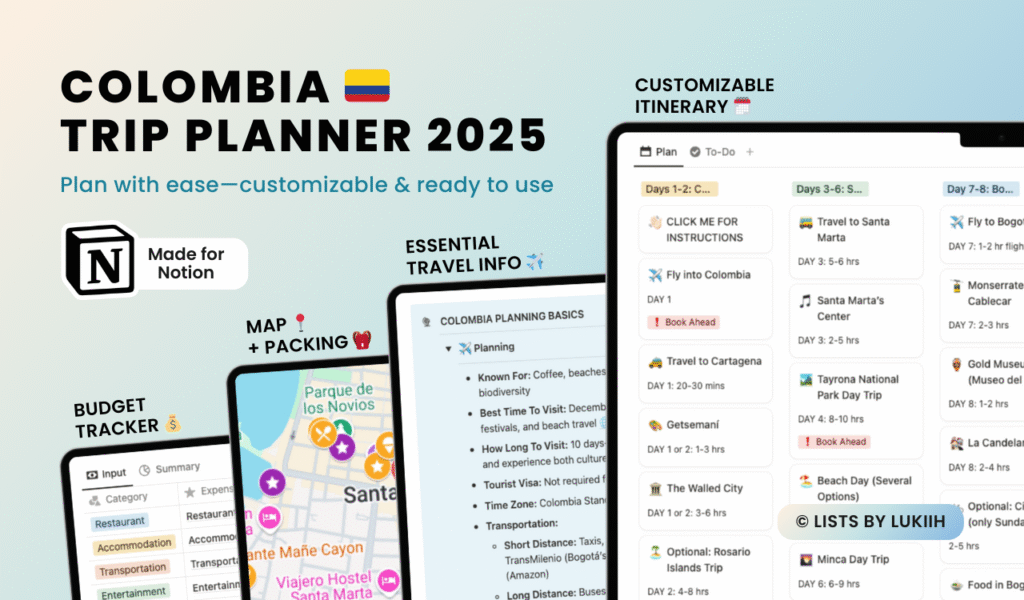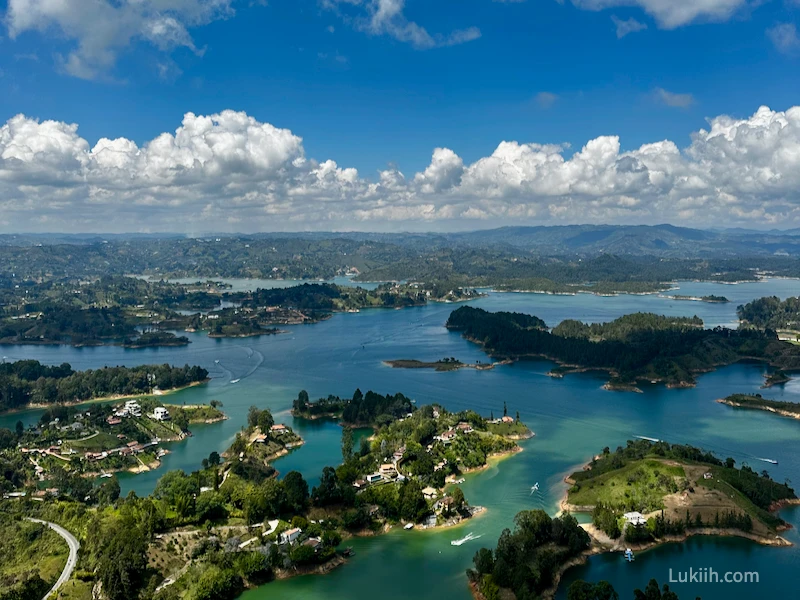Receiving almost 7 million tourists in 2024, Colombia is a country in South America known for its natural landscapes, vibrant cities, and coffee regions. Having spent over a month in Colombia, I share well-researched and firsthand travel tips that are especially useful for first-time visitors.
Lists By Lukiih is readers-supported. When you buy with my affiliate link, I may earn a small commission. Thanks!
📌 Planning
Popular Places l When To Visit l How Long To Visit l Entry Requirements
Popular Places
- Cartagena – one of Colombia’s most famous cities. Its main attraction is the Walled City, a UNESCO World Heritage Site lined with colorful colonial architecture and cobblestone streets.
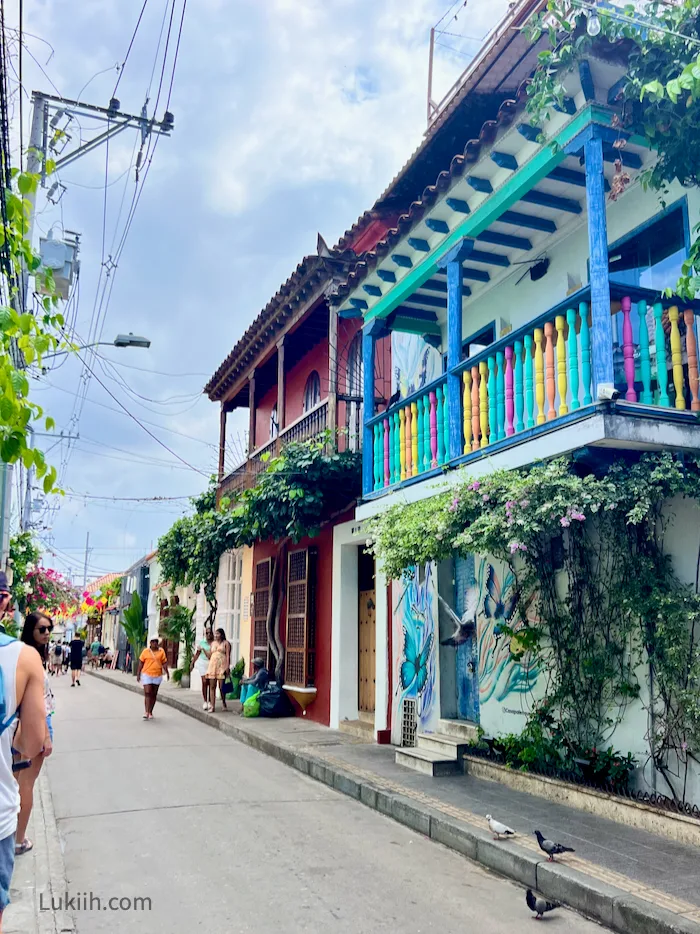
- Medellín – the second-largest city in Colombia that’s nestled in the Andes Mountains. It has two famous attractions: Guatapé (which has the iconic rock: Piedra del Peñol) and Comuna 13.
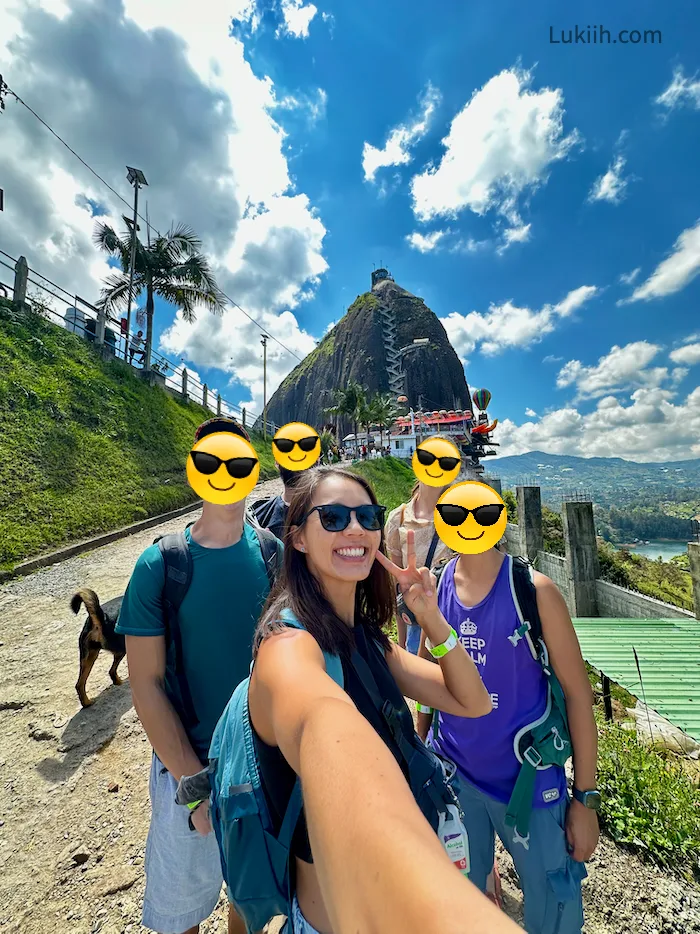
- Bogotá – the largest city in Colombia. Notable attractions include the nearby Monserrate Mountain and world-class museums like the Museum of Gold.
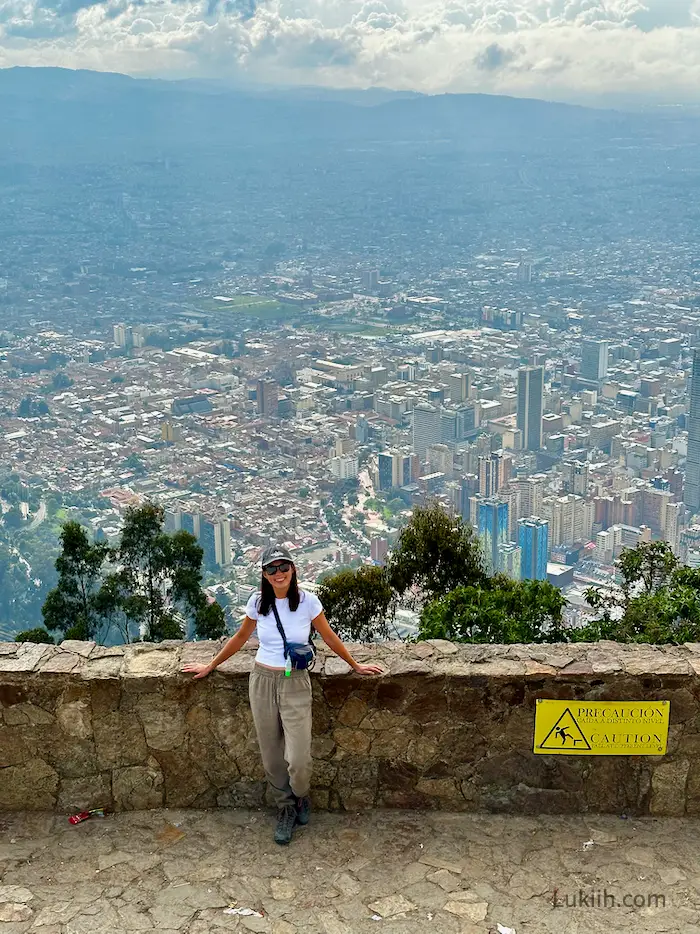
Bogotá is located in the Andes Mountains and has an altitude above 8,600 feet, so it has a cooler climate compared to the other destinations in the country.
- Santa Marta – a city on the Caribbean coast known for its pristine beaches and access to mountain areas like Minca. It’s particularly famous for Tayrona National Park, which has remote beaches, hikes, and wildlife.
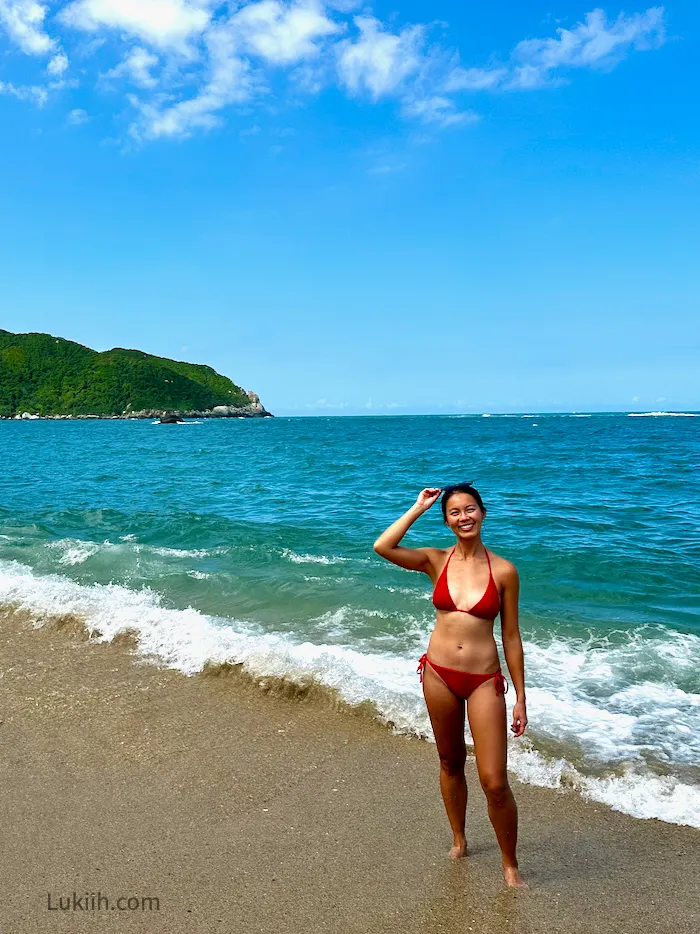
- Cocora Valley – an area in the coffee region of Colombia, famous for the world’s tallest wax palm trees, coffee tours, and charming nearby towns like Salento.
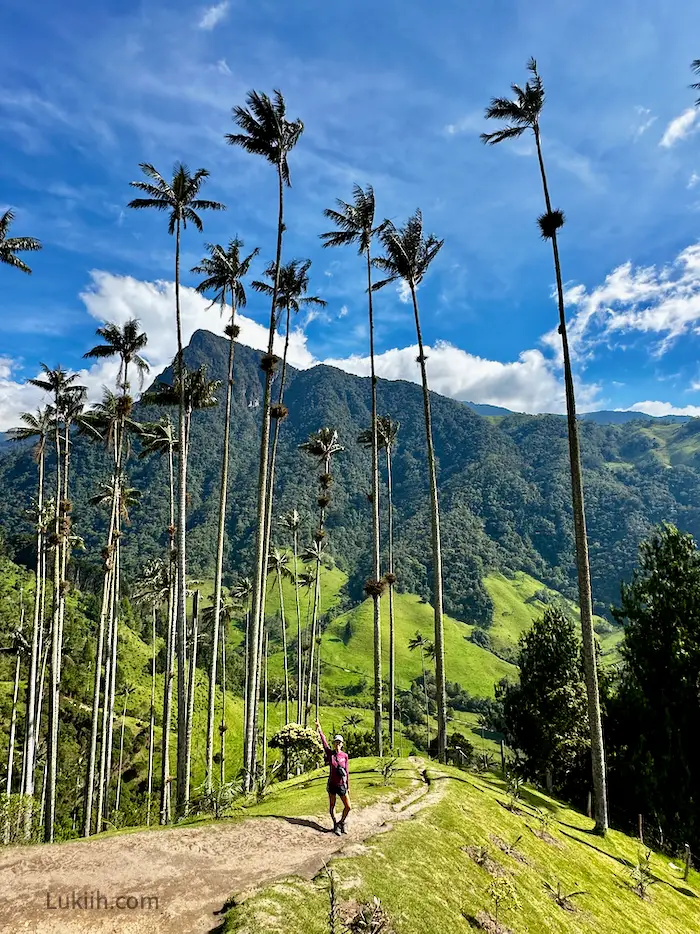
- Amazon Rainforest – the Amazon experience from Colombia’s side is more remote and untouched compared to Brazil’s and Peru’s. The tribes that live there are not as globally well-known, providing a more authentic Amazonian experience.
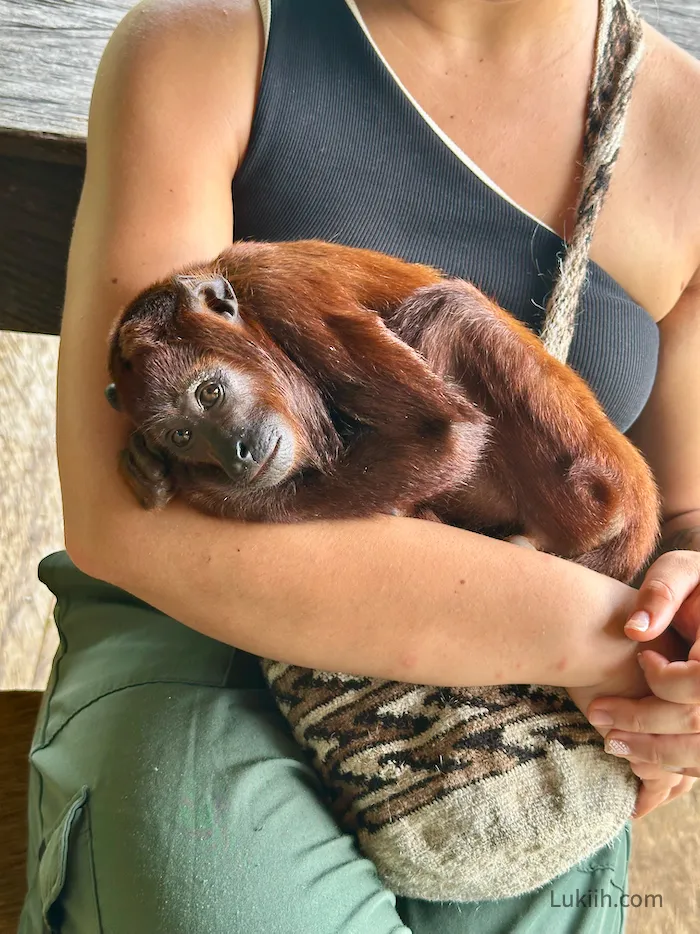
I visited all the places above and here are my honest opinions:
- Cartagena – Cartagena is beautiful, but extremely touristy; vendors are everywhere inside the Walled City. It’s worth exploring the area for a day or two, but I wouldn’t stay longer (unless I’m doing day trips). The city is also famous for its beaches, but they don’t measure up to the ones in Santa Marta.
- Medellín – Many visitors love Medellín for its temperate climate, nightlife, and modern public transportation. The Guatapé day trip was one of my highlights, but I found the city unpleasant to explore on foot. Comuna 13 was interesting, but huge portions of it are extremely touristy and crowded.
- Bogotá – Bogotá has a bad reputation for being dangerous to walk around at night, but some areas are nice to walk around (e.g., Zona T) and I didn’t have issues in the more busy areas of La Candelaria. If you only have a day here, I would prioritize visiting Monserrate Mountain.
- Santa Marta – Santa Marta has many nice beaches, but fair warning that most are very crowded. I loved the uncrowded areas of Tayrona National Park and enjoyed wandering around Minca.
- Cocora Valley – Cocora Valley was the highlight of my trip. The coffee region was generally my favorite area. I loved the mountainous, lush views, and it was relatively uncrowded for how famous this place is.
- Amazon Rainforest – I spent four days in Colombia’s Amazon region. I didn’t see as much wildlife as I had hoped but was pleasantly surprised by how much I enjoyed learning and just being around the Ticuna tribe that lives there.
My Colombia trip planner has firsthand tips for each destination.
When To Visit
- Dry season (December-March) – a more popular time to visit. The weather is warm and sunny, and there’s very little rain. Temperatures vary between areas, but it’s generally a great time to enjoy the beaches and go on hikes.
- Rainy season (March-November) – a better time to visit if you want fewer crowds, lower costs, and can tolerate your plans changing due to rainfall.
I visited Colombia from early January to mid-February and enjoyed warm, sunny days in most places I visited. Bogotá, which is located high up in the Andes Mountains, and some parts of the coffee region were chilly enough at night (typically after 4 pm) that I had to wear my puffer jacket and long pants.
How Long To Visit
- 1 week – enough time to visit the highlights of the northern (e.g., Cartagena and Santa Marta) or central areas (e.g., Bogotá, Medellín, and maybe Cocora Valley).
- 2 weeks – enough time to visit 4-5 destinations (e.g., the northern and central areas).
- 3 weeks – enough time to visit all of Colombia’s top places (e.g., the northern and central areas, plus the Amazon rainforest).
I was in Colombia for 6 weeks. I spent 3.5 weeks traveling like a tourist and then 2.5 weeks just relaxing in Bogotá. My trip was long enough to visit all the most popular places and a few less-visited ones. Colombia is a country that can offer many distinct things for different trip preferences, so if you have less time, prioritize what you’re most excited about (e.g., Santa Marta if you want a beach vacation).
🌴 2 Weeks in Colombia: A Unique & Active Itinerary
Entry Requirements
- not required for US citizens visiting Colombia for up to 90 days.
- US visitors do not have to pay a tourist fee. However, all visitors entering the Amazon region must pay a 50,000 COP (about $12 USD) tourist fee.

Entering Colombia was straightforward for me as a US citizen. I didn’t have to apply for a visa. Some airlines may require you to have a return flight before allowing you to check-in.
💰 Logistics
Money
- Many places accept credit cards, but not all. Colombia’s economy still heavily relies on cash transactions, so bring cash.
- The Colombian peso is the country’s official currency. USD is rarely accepted and the bills must be in good condition (e.g., no rips).
💰 My Colombia Trip Cost: Budget Breakdown (2025)
Getting Around
- Colombia has several international airports. The biggest and most commonly used ones are:
- El Dorado International Airport (BOG) in Bogotá
- José María Córdova International Airport (MDE) in Medellín
- Rafael Núñez International Airport (CTG) in Cartagena
- For long distances, the main ways to get around are by domestic flights, shuttles, and buses. For short distances, Uber, taxis, and public buses are available. In the Amazon region, you’ll have to travel by boat.

I took all the transportation above and here are some of my observations:
- Domestic flights – If you’re traveling between Colombia’s northern, central, and southern regions (e.g., from Santa Marta to Medellín), I recommend taking a domestic flight because it saves significant time.
- Buses and shuttles – If you’re traveling within each region (e.g., from Medellín to Salento), I recommend buses and shuttles as they’re significantly cheaper.
The buses in Colombia vary in quality, but they’re relatively organized and official compared to my experience with buses in Central America. I often thought their cheap costs outweighed any inconveniences (e.g., lack of AC or legroom).
- Uber – When using the app in Colombia, note that “UberYa” and “Uber Taxi” are the economy options and you can just choose whichever is cheaper.
Colombia also uses InDrive, a negotiation-based app where you input your destination and how much you’re willing to pay, and then wait to see if any driver accepts your offer. I used it a few times and it was almost always cheaper than Uber.
- Safety – As a heads up, many cars don’t have seatbelts in the back seats. This is because there’s lax regulation for seatbelts and locals don’t seem to care as much. Also, be very alert when crossing streets, as the driving culture is a bit chaotic (e.g., cars and motorbikes run stop signs, run red lights, and don’t stick to their lanes).
For detailed tips on getting around, see my Colombia trip planner.
💊 Safety
Health
- generally not considered safe to drink except in big cities like Bogotá and Medellín.
- disease-carrying mosquitoes are prevalent, so bring bug repellent (I use this repellent lotion).
- Colombia has stray dogs in certain areas, so you might want to get the rabies vaccine as a precaution.
I didn’t have any health-related problems in Colombia and recommend taking some precautions:
- Tap water – I drank tap water in Cartagena, Medellín, and Bogotá with no issues. You’ll find water fountains in Bogotá’s and Medellín’s airports. I didn’t drink the tap water in Santa Marta, Salento/Cocora Valley, and the Amazon.
- Mosquitoes – I got bitten in Cartagena, Santa Marta, and the coffee region (e.g., Salento and Santa Rosa). I was of course demolished by mosquitoes in the Amazon Rainforest, where I highly recommend buying Tokai, the local repellent incense. It worked like a charm for me and completely changed my experience for the better. I didn’t encounter many mosquitoes in Medellín and Bogotá.
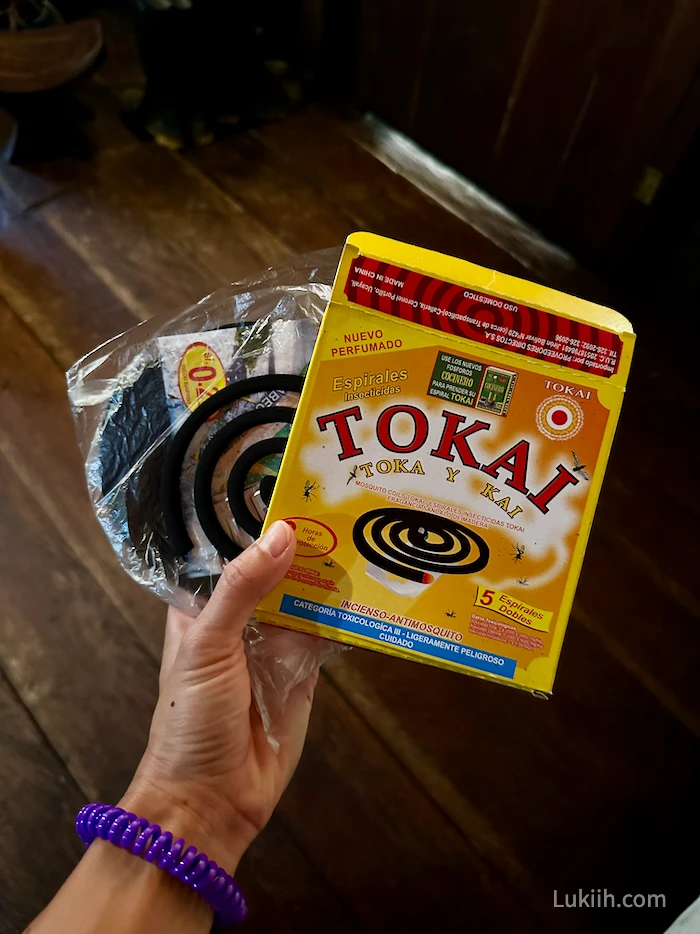
- Stray dogs – I encountered stray dogs everywhere in Colombia except the Amazon. They posed a risk in more rural areas. I had a fearful moment in the coffee region where one dog was particularly aggressive and started barking and following me. I calmly walked away, but it followed me for a bit and got within 2 feet of me.
Crime
- Colombia has a history of violent and drug crimes, but now has both very safe tourist-friendly areas and unsafe areas that you should avoid.
- The country has a travel advisory level of 3 per the US government.
- It’s ranked #146 out of 163 safest countries by the Global Peace Index (for reference, the US is ranked #132).
- Some typical scams to watch out for include:
- The overpriced or unlicensed tours scam – book with a reputable platform like Viator, which is what I use
- The sob story begging scam – politely say no and walk away
- The fake police officers scam – familiar with the real local police uniform
As long as you take precautions and stay in tourist-safe areas, you have a good chance of having no issues. I didn’t run into any problems related to crime or safety. I walked around in well-lit areas at night in all the places I visited. The only time I felt paranoid was when I walked to Monserrate Mountain’s ticket booth in Bogotá and the police warned me to not stray from a particular intersection because tourists often get robbed one to two streets over.
🌍 Culture
Language l Food l What To Wear
Language
- Spanish
- not widely spoken (only about 7% of locals speak it)
Getting around Colombia with just English is not super easy but very doable as long as you only visit tourist areas. Without knowing some basic phrases, it’s much harder to order at truly local restaurants or do some off-the-beaten-path activities. In some places, like the Amazon, you’ll need to pay for an English translator as the indigenous people only speak Spanish and their own language.
Food
- bandeja paisa (platter featuring grilled meat, chorizo, pork belly, beans, rice, plantains, arepa, avocado, and a fried egg)

- ajiaco (a chicken and potato soup popular in Bogotá), sancocho (a hearty stew made with meat, plantains, and yucca), and arepas (versatile corn patties served with a variety of fillings)
Here are a few things I observed after eating in Colombia for over a month:
- Food diversity – You’ll easily find traditional Colombian food in any place you visit. At the same time, many cities will also have a wide diversity of cuisine, including Indian, Thai, Chinese, and Venezuelan.
- Flavor profile – One of my favorite things about Colombian food is its tendency to mix sweet things with cheese. Melted cheese in hot chocolate is common and I highly recommend trying it despite it not looking appetizing.
- Huge portions – Portion sizes tend to be huge in Colombia. There were several times when I wished my friends and I ordered one or two fewer dishes because we couldn’t finish everything.
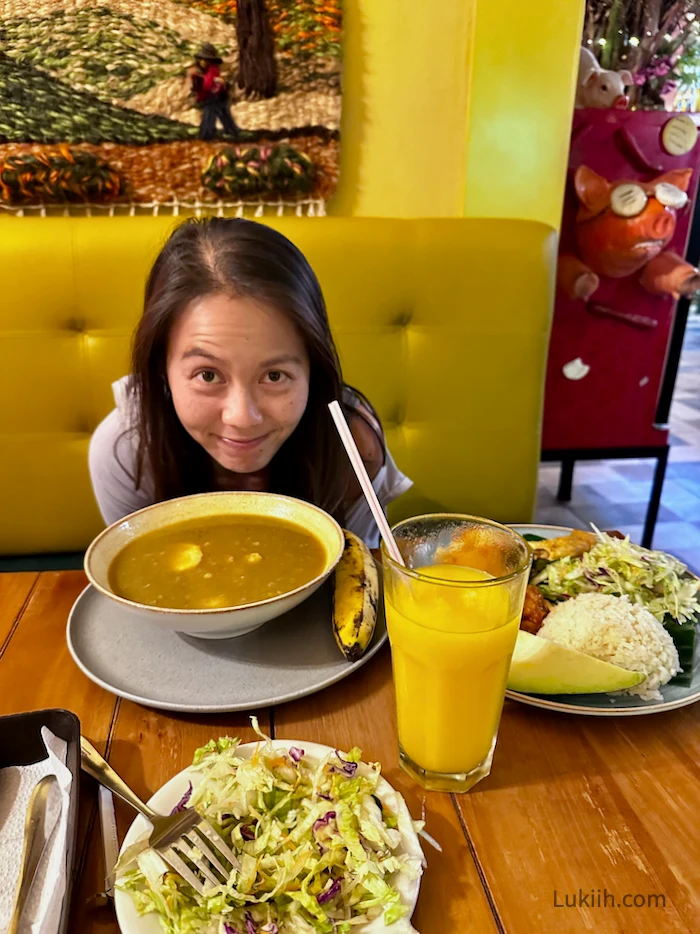
My Colombia trip planner reviews all 35+ places I ate at and how much I spent at each one.
What To Wear
- What to wear – Colombia has a tropical climate, so pack a lot of summer clothes. Don’t forget a swimsuit if you plan to visit a beach or waterfall, which the country has plenty of. Some areas, including Bogotá and the coffee region, tend to be cooler at night, so pack some long pants and a warm jacket.
- How locals dress – They typically dress casually and many wear jeans, a jacket, and a T-shirt, even in the heat. Many locals dress up for nightlife and are not afraid to show off some skin.
I mostly wore summer clothes in Colombia but typically wore long jeans and a light puff at night in certain places as mentioned above.
A comprehensive packing list is included in my Colombia trip planner.
💡 Miscellaneous Tips
Other practical observations I made during my trip:
- Free WiFi asks for data – In almost every place (e.g., restaurants, bus terminals, airports) where free WiFi is offered in Colombia, you’ll be asked for personal data (e.g., name, email, age, gender, etc.).
- Public bathrooms have a fee – Most public bathrooms will have a 1,000-2,000 COP (about $0.25-$0.50 USD) fee, so don’t get rid of your coins. Also, the toilet paper will often be located outside of the bathroom stalls.
- Where to throw TP varies – Whether you need to throw toilet paper in a bin or can flush it down the toilet in Colombia not only varies by area but by building, so make sure to follow instructions if you see them.
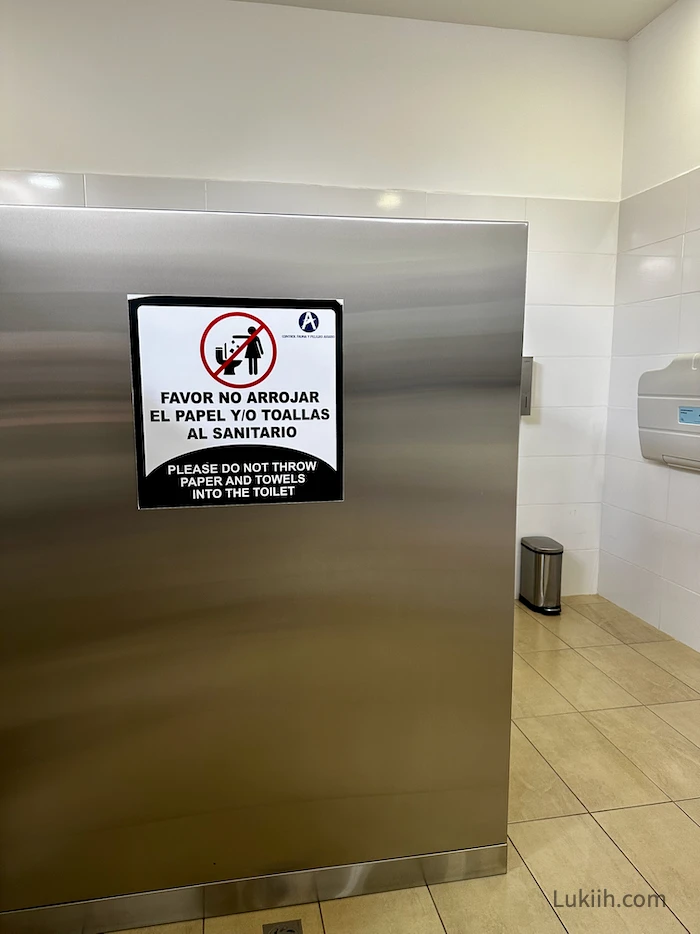
- Centers are crowded – It might sound like a no-brainer that many city or town centers are crowded, but in some places, like Medellín, the city center and the neighboring area are borderline overwhelming (e.g., loud, crowded, lots of vendors).
Colombia Trip Planner 2025
Make planning easier with my flexible, research-backed travel planner—shaped by real experience. It has:
- Up-to-date travel info
- A well-curated itinerary
- Practical, firsthand insights & tips
- A simple budget tracker
- A starter packing list
- Fully customizable sections
Built in Notion, this is the tool I personally use to plan every trip. I genuinely love it and creating a Notion account is free.
Lists by Lukiih is a small site I fund myself. Downloading my trip planner is the best way to support me and keep it running—thanks!
